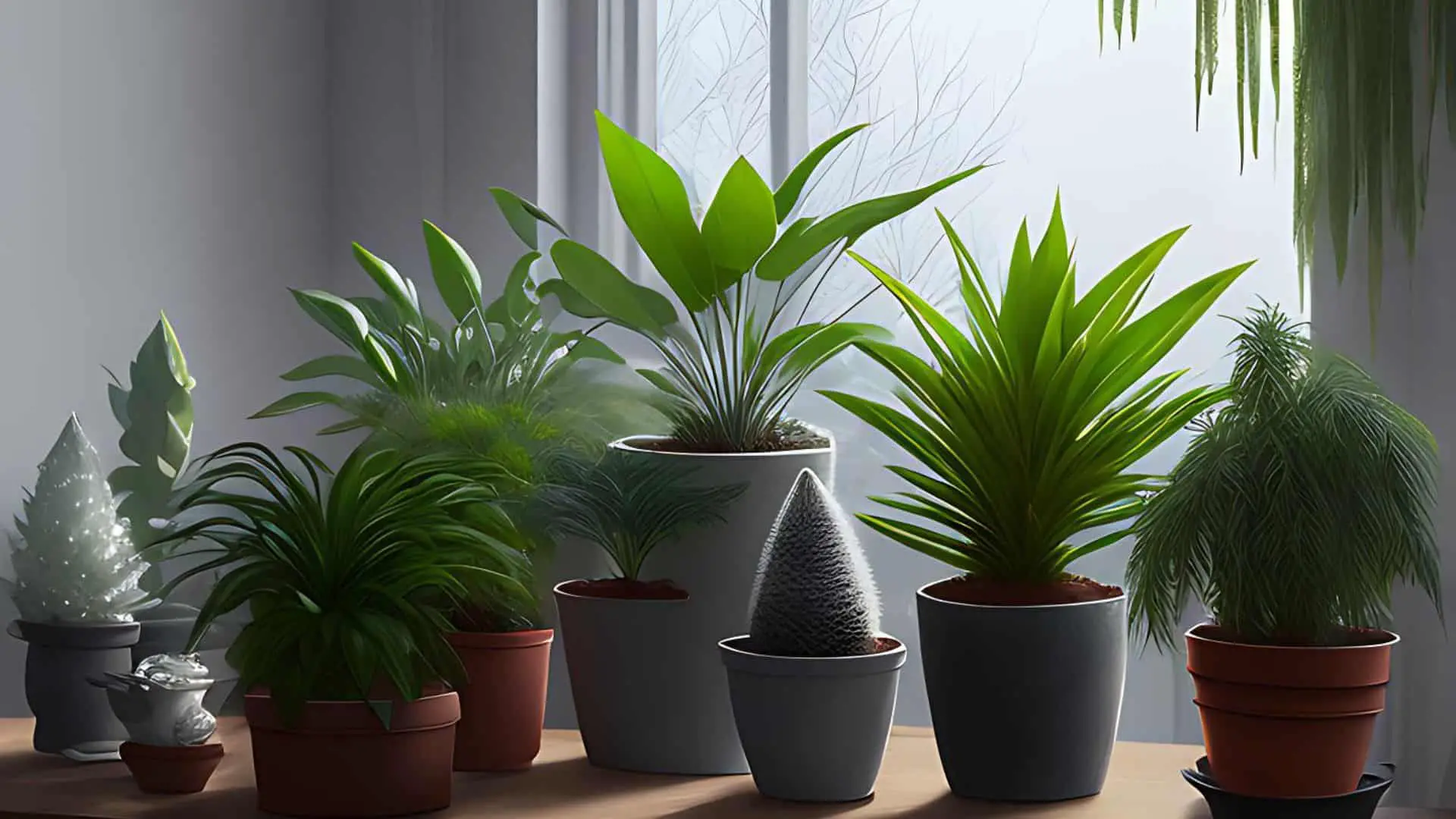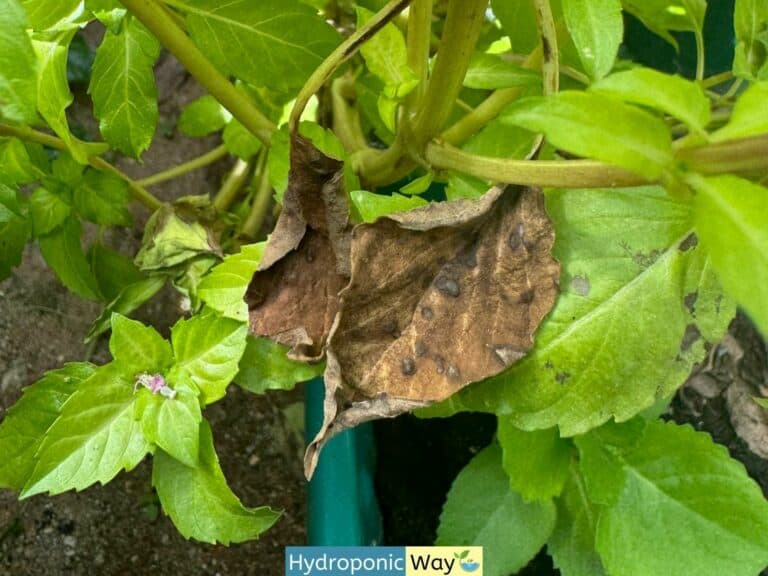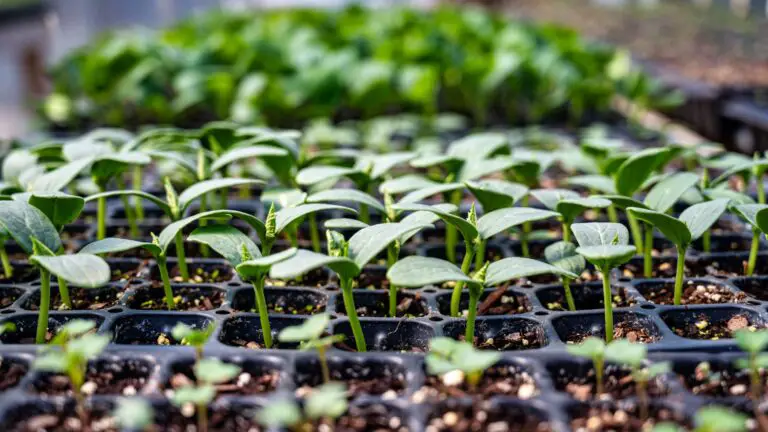A guide to grow Anything in Hydroponics in the winter.
Winters in many parts of the world make growing anything almost impossible. What can you do with limited light and freezing temperature? But some growers grow almost everything they grow with hydroponics in the winter.
This blog post is designed for gardeners dedicated to keeping their hydroponic plants thriving during the often tough winter months. We will discuss the essential equipment needed to help your plants flourish and provide tips and best practices for nourishment and care during the cold seasonal changes.
So grab a warm cup of tea, and let’s dive into the world of winter hydroponics!
Disclosure: Your purchases through our links may earn us a small commission, supporting our site’s ability to provide valuable information to our readers. Rest assured, it won’t impact your price. Thank you for your support.
1. Lighting – The foundation of a successful hydroponic garden
As we all know, sunlight is crucial for plant growth and becomes scarce in winter. Investing in artificial lighting that mimics the sun’s rays as closely as possible is essential to combat the lack of natural light.
High-intensity discharge (HID) or light-emitting diode (LED) lights are ideal for a hydroponic garden. While HID lights are more affordable, they consume more electricity and produce more heat. On the other hand, LED lights provide the perfect light spectrum for optimal plant growth and are more energy-efficient.
You can select and buy LED grow light from Amazon by clicking the links.
Also, check out our list of best LED grow light strips before buying one.
Related guides:
Grow Light vs. Sunlight: Which is the Best Option for Your Garden?
How to Choose the Right Hydroponic Grow Light for Plants?
How Far Should Grow Lights Be From Plants That Are Growing Indoor
Cheap Grow Lights Alternatives Used in Indoor Hydroponics
Do Grow Light Colors Matter?
How to Use Your Hydroponic Grow Lights More Energy Efficient
Grow Lights vs. Regular Lights: Which is Best for Your Plants?
How to Properly Dispose of a Grow Light Used for Hydroponics?
2. Temperature control – Saving your plants from the cold
Maintaining the proper temperature for your hydroponic plants is crucial to their growth and development, especially during winter. Most plants prefer a temperature range of 65°F to 75°F, and maintaining this temperature within your hydroponic system will ensure that your plants continue to thrive.
Invest in a thermostatically controlled heating system for your hydroponic garden to monitor and regulate the temperature. Many gardeners use circulation fans or air conditioning units to help maintain a steady temperature within their indoor growing environment.
Check out the available thermostatically controlled heating system, circulation fans, and air-conditioned system for grow room through the links.
Related:
Does Grow Light Temperature Matter?
Get the Most Out of Your Indoor Garden with Grow Lights and Heat Mats
What Are the 10 Common Grow Room Fans Available for Indoor Garden?
11 Steps to Choosing the Right Fan for your Hydroponic Grow Rooms
How Many and What Type of Inline Fans Should You Use for Your Grow Room?
3. Insulation – Don’t let the heat slip away
In winter, insulation is just as important as temperature control. If your hydroponic system is not adequately insulated, all the heat you provide will be lost to the cold outside world. To efficiently retain heat, insulate your hydroponic garden with bubble wrap or foam insulation. Additionally, consider using insulated grow tents or repurposing a well-insulated room in your home for your hydroponic system.
Check the links provided if you are looking for bubble wrap or foam insulation for grow room.
Also, you may be interested in insulated grow tents especially in winter climates.
Related:
Hydroponic Grow Tent Complete Kit – Topo Lite
How to Keep Your Hydroponic Grow Room From Smelling
How to Treat Insulation Rockwool for Hydroponic Growing
4. Humidity regulation – Maintaining the perfect balance
During winter, the air tends to get dry, negatively impacting plants in a hydroponic system. To ensure optimal growth, it’s essential to keep the humidity levels within the recommended range of 40% to 60%.
A humidifier can help you add moisture to the air, while a dehumidifier can be used to decrease excessive humidity. Hygrometers are inexpensive devices that can be placed in your hydroponic system to help you monitor humidity levels efficiently.
Do you want to invest in a humidifier, dehumidifier, and hygrometer? Check the provided links to select the best one suited for your specific requirement.
Related:
5 External Factors Affecting Germination in Hydroponic Rockwool
10 Ways to Increase Airflow in Your Grow Room
5. Nutrient management – Keeping your plants strong and nourished
Keeping a close eye on their nutrient levels is crucial to maintain the health of your hydroponic plants during winter. Plants may require different nutrients in colder temperatures, so adjusting your nutrient solution formulation might be necessary. Make sure to regularly check the pH levels of the nutrient solution, as temperature fluctuations can also affect this. Ideally, maintain a pH between 5.5 and 6.5 for optimal nutrient absorption.
There are digital pH meters and pH test strips available in the market. If you are in doubt, read should you use pH test strips or digital pH meters for hydroponics to clear it. If you decide which one to use, click the links and select the best digital pH meter or pH test strips from Amazon. To monitor the nutrient levels and relevant properties, we recommend all in one meter, which can measure TDS, pH, temperature, and EC.
Related:
13 Nutrients Required for Hydroponic Plants
10 Advantages of Organic Hydroponic Nutrients in the Kratky Method
NPK for Hydroponics: How It Works and Why It Matters?
Conclusion
The winter months can certainly present challenges in maintaining a successful hydroponic garden; however, with careful planning, monitoring, and investment in essential equipment, gardeners can ensure that their plants stay healthy and thrive throughout the season.
With proper lighting, temperature control, insulation, humidity regulation, and nutrient management, your hydroponic plants will be well-prepared to face the harsh winter months. By applying the tips and best practices outlined in this blog post, you will be well on your way to enjoying a flourishing hydroponic garden, even when the snow begins to fall!
Thank you for reading!
Also, read:
Successful Hydroponics in Any Climate
How to build a low-maintenance, climate-controlled grow room
How to Install Inline Fans in Your Indoor Grow Room
6 Inline Fans for Grow Tent and What You Need to Know Before Investing in Indoor Grow Room Fan
Speed Controllers for Inline Fans – Do You Need Them?






